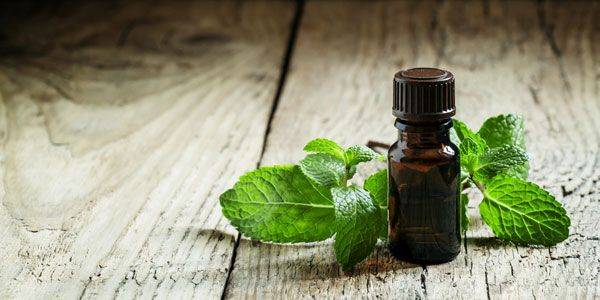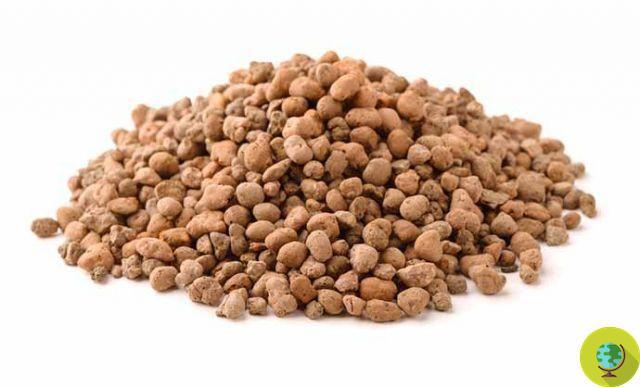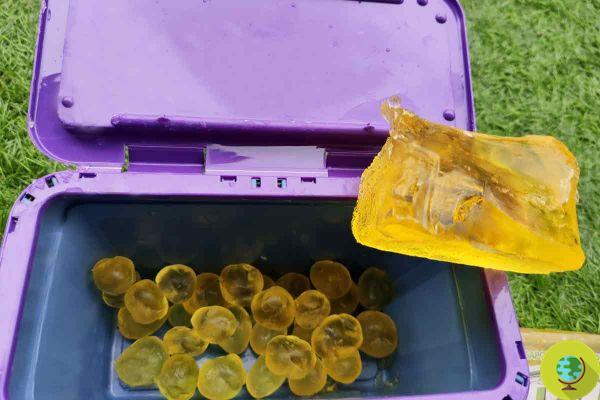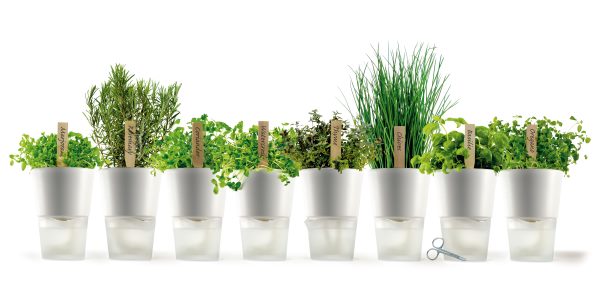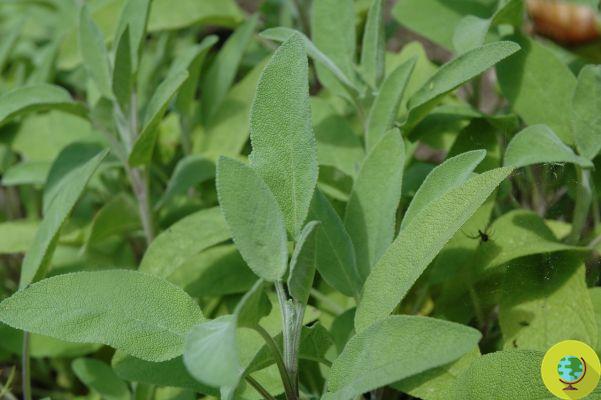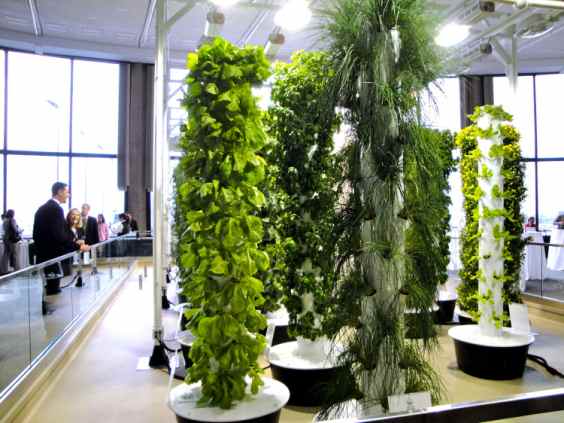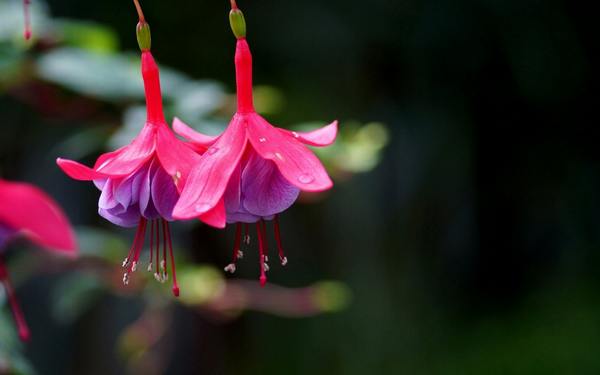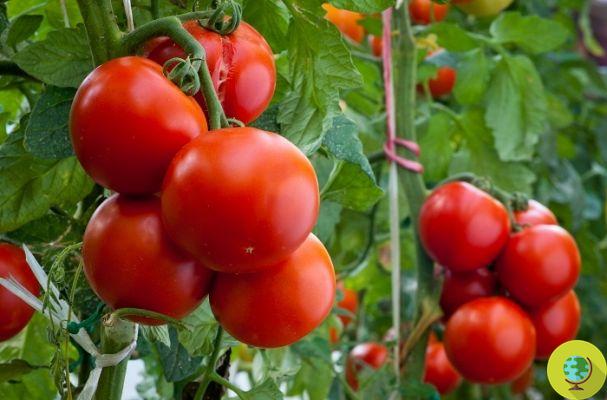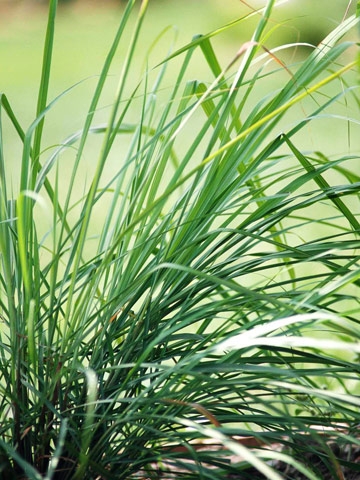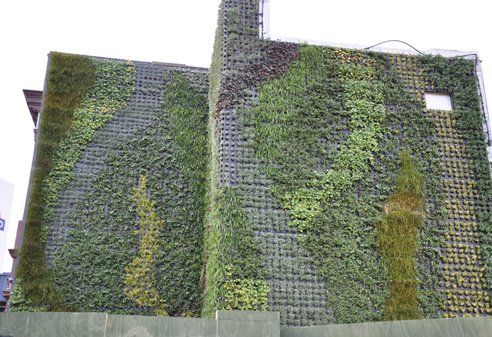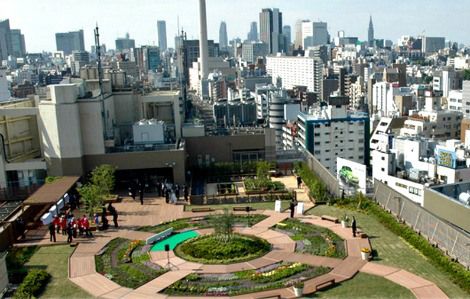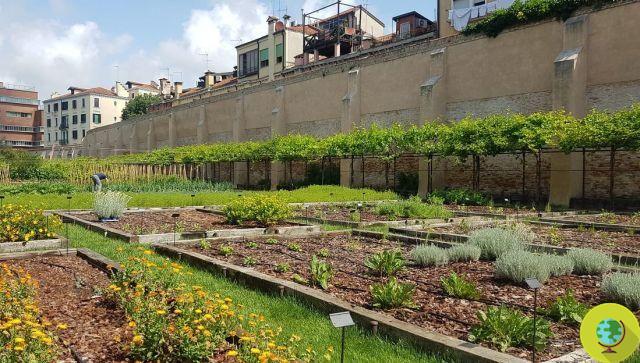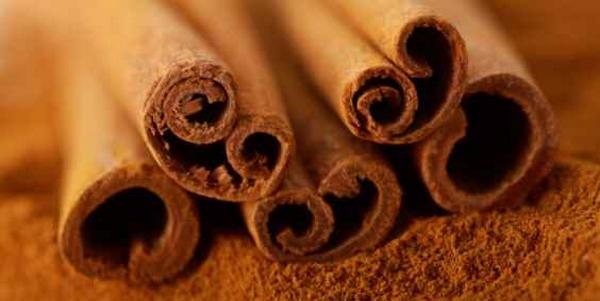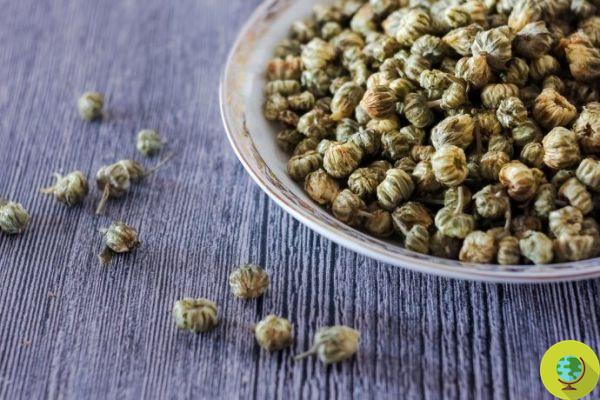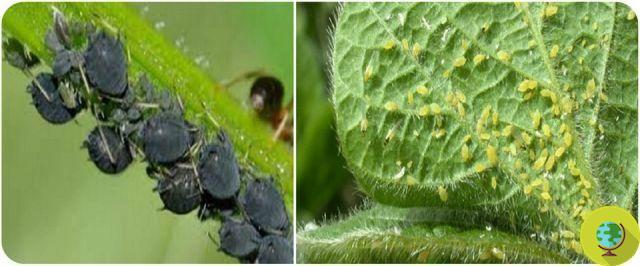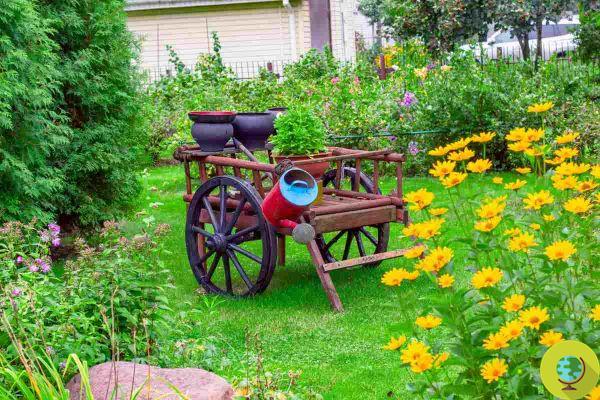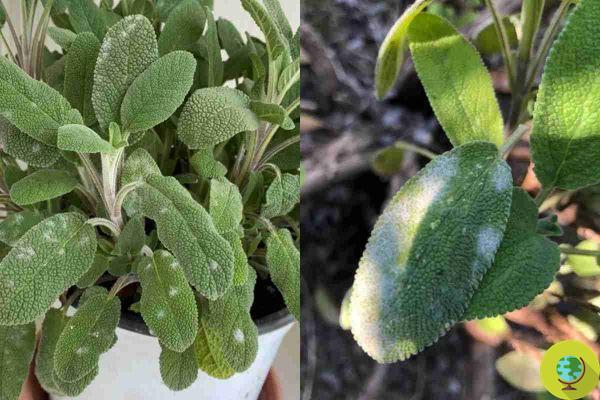
He is about to end up run over, his mother saves him
It is a rather common disease that attacks the leaves of the sage, but which can be eradicated with the right precautions
Sage, or Salvia Officinalis, is one of the most used and appreciated aromatic herbs in the kitchen for its rich and unmistakable flavor that adds flavor to every dish. Its rough leaves of the characteristic "sage green" color lend themselves to many recipes, being also a plant that is often not lacking in the home since it does not require special care.
However, if on the one hand sage is easy to cultivate, frequently its leaves can be attacked by a disease that is commonly called ill white or powdery mildew.
Index
What are white spots
The white spots found on the leaves of this plant are an indicator of one trophic disease also known by the names of mal bianco, oidium, fog, albugine to which the leaves and buds of sage are very subject, but also of other crops such as vines, squash and courgettes.
The disease is caused by the proliferation of fungi that are not visible to the human eye Ascomycetes, belonging to the Erysiphaceae family, whose spores multiply on the leaves of the sage, creating a whitish patina dusty looking with mold-like stains which gradually increase in size, covering the entire leaf with a felt until it dries up and perishes.
When the white spots appear
The engraftment of the spores of these parasitic fungi is favored by the typical characteristics of the sage leaves which, being rough, thick and covered with a thin hair, represent a very fertile environment for their multiplication.
However, the mal bianco affects sage at certain times of the year and in particular environmental conditions. The disease develops mainly in the warm seasons when the humidity is very high. In spring and summer, the appearance of these white spots on the leaves of the sage can be observed when the heat is not yet excessive. In fact, the fungus proliferates when the heat is not excessive and if left untreated it can lead to the deterioration of the plant.
How to prevent white spots from appearing
To prevent the fungus from affecting your plant or spreading on its leaves, compromising the plant's vital functions, there are a number of precautions to be careful of:
- don't over water your sage, this suggestion is valid for almost any plant, but in the case of this aromatic herb an excessive irrigation and the stagnation of water favor the white sickness;
- favor the drainage of water through a draining soil, placing an expanded clay or cast iron road on the bottom;
- strengthens the natural defenses of sage preparing a decoction of horsetail or garlic that can prevent white sickness;
- plant the sage seedlings at the right distance, so that the air can circulate properly.
As already mentioned, this white malady frequently affects sage and many users are worried about this whitish patina that covers the leaves of their sage which has the appearance of a mold.
What to get rid of white spots with natural methods
Once these steps are taken, it is important check the sage leaves regularly on the external and internal side and eliminate those that have fallen, if the white spots appear. These must be removed from the plant immediately and cannot be used for compost.
Some home remedies allow you to eradicate white sickness in an ecological way, such as:
- water and milk which, combined together, strengthen the plant and attack the fungal spores. Just mix 100 ml of fresh milk with 900 ml of running water at room temperature and spray the liquid all over the plant every two to three days;
- baking powder or baking soda that we all have at home or can easily find. It is an excellent means to counteract white sickness and is even more effective than the solution of water and milk. It will be necessary to mix a tablespoon of baking soda or baking powder that is about 10 grams in a liter of water and sprinkle it on the sage every three days and preferably in the evening. It is important not to exceed 10 grams of product or you risk burning the leaves.
Sulfur is also used to eliminate white spots from sage, but it is not recommended even if it is widely used in organic farming. If inhaled it is very irritating as it is toxic. It is therefore better to use more natural and sustainable methods, especially if you are at home.
Fonte: Garden Encyclopedia
Follow us on Telegram | Instagram | Facebook | TikTok | Youtube
We also recommend:
- Sage: the incredible benefits and how to use it for small health problems or foolproof beauty tricks
- Thyme, rosemary or sage? Choose an aromatic plant and find out what it reveals about you
- Sage: how to plant, grow and harvest women's friendly weed
- How to store freshly pruned herbs and have them ready for your recipes, potpourri or decorations




